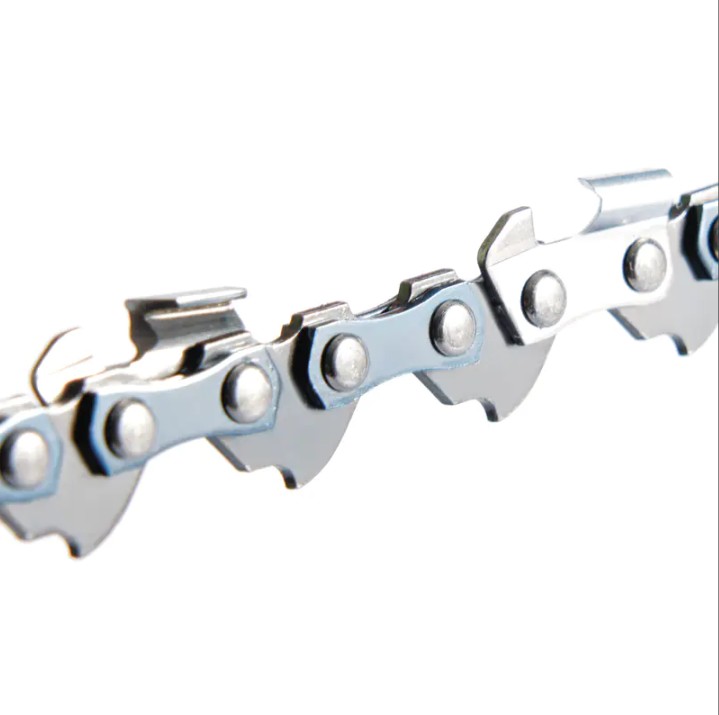When using 3/8'' pitch saw chains, several environmental considerations should be kept in mind to ensure responsible and sustainable usage:
-
Habitat Impact: Consider the potential impact of chainsaw operations on local wildlife habitats and ecosystems. Clearing or cutting trees can disrupt natural habitats and affect the biodiversity of the area. Minimize the extent of tree removal and consider alternatives such as selective logging or habitat preservation to minimize habitat disturbance.
-
Soil Erosion: Chainsaw operations can contribute to soil erosion, especially in sensitive environments such as slopes or near water bodies. Take precautions to prevent soil disturbance and erosion by avoiding excessive cutting or clearing near waterways, using erosion control measures such as mulching or terracing, and adhering to best management practices for forestry operations.

-
Vegetation Management: When using chainsaws for vegetation management or forestry activities, consider the long-term health and sustainability of the ecosystem. Avoid overharvesting or clear-cutting large areas of forest, as this can have detrimental effects on soil fertility, water quality, and biodiversity. Practice sustainable forestry practices such as selective cutting, rotation harvesting, and reforestation to maintain ecosystem health and resilience.
-
Air Quality: Chainsaw operations can contribute to air pollution through emissions of exhaust gases and particulate matter. Choose chainsaws with low-emission engines and regularly maintain and tune-up equipment to minimize emissions. Operate chainsaws in accordance with local regulations and guidelines for air quality management, especially in urban or densely populated areas.
-
Noise Pollution: Chainsaw operations generate significant noise levels, which can disturb wildlife, nearby residents, and recreational users of the area. Minimize noise pollution by using quieter chainsaws, employing noise-reducing techniques such as mufflers or sound barriers, and scheduling operations during times of minimal disturbance, such as daytime hours or non-peak seasons.
-
Waste Management: Proper disposal of saw chain waste, including sawdust, wood chips, and worn-out chains, is essential for minimizing environmental impact. Collect and dispose of saw chain waste responsibly, following local regulations for recycling or proper disposal of organic and hazardous materials. Consider alternative uses for sawdust and wood chips, such as composting or biomass energy production, to reduce waste and maximize resource utilization.
-
Wildfire Risk: Chainsaw operations in forested or wooded areas can increase the risk of wildfires, especially during dry or windy conditions. Take precautions to prevent sparks or ignition sources, such as using spark arrestors on chainsaws, maintaining a safe distance from flammable materials, and following local fire safety regulations and guidelines. Be aware of current fire danger levels and restrictions, and avoid chainsaw operations during periods of high fire risk.
By considering these environmental considerations and adopting responsible practices when using 3/8'' pitch saw chains, users can minimize their impact on the environment and promote sustainable forestry and land management practices. Collaboration with environmental experts, adherence to regulations, and ongoing monitoring and evaluation of chainsaw operations are essential for ensuring environmental stewardship and conservation of natural resources.
 English
English
 中文简体
中文简体
 русский
русский



















